Episode #360: Support or Setback? The Hidden Cost of Front-Loading Support for Math Teachers
LISTEN NOW HERE…
WATCH NOW…
Teachers are stretched thin, and sometimes they just want clear, actionable guidance. But when does simply downloading information help, and when does it hinder real understanding and adoption? In this episode, we explore the balance between providing direct solutions and ensuring teachers engage in the work themselves to understand the “why” behind new strategies. We also discuss the importance of having champions in each building to support implementation and how to involve teachers in decision-making—even when there’s pressure to move fast.
Key Takeaways:
- When providing direct solutions to math teachers’ pebbles is helpful and when it prevents deep learning.
- Why math teachers need to engage in the work to successfully implement new strategies or curricula.
- How having key advocates in each building can drive sustainable change in math.
- How to bring math teachers into the decision-making process, even under time constraints.
Attention District Math Leaders:
Not sure what matters most when designing math improvement plans? Take this assessment and get a free customized report: https://makemathmoments.com/grow/
Ready to design your math improvement plan with guidance, support and using structure? Learn how to follow our 4 stage process. https://growyourmathprogram.com
Looking to supplement your curriculum with problem based lessons and units? Make Math Moments Problem Based Lessons & Units
Be Our Next Podcast Guest!
Join as an Interview Guest or on a Mentoring Moment Call
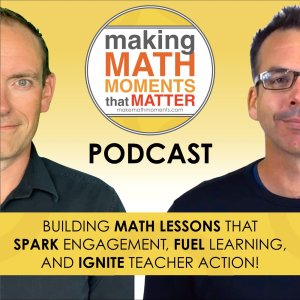
Apply to be a Featured Interview Guest
Book a Mentoring Moment Coaching Call
Are You an Official Math Moment Maker?
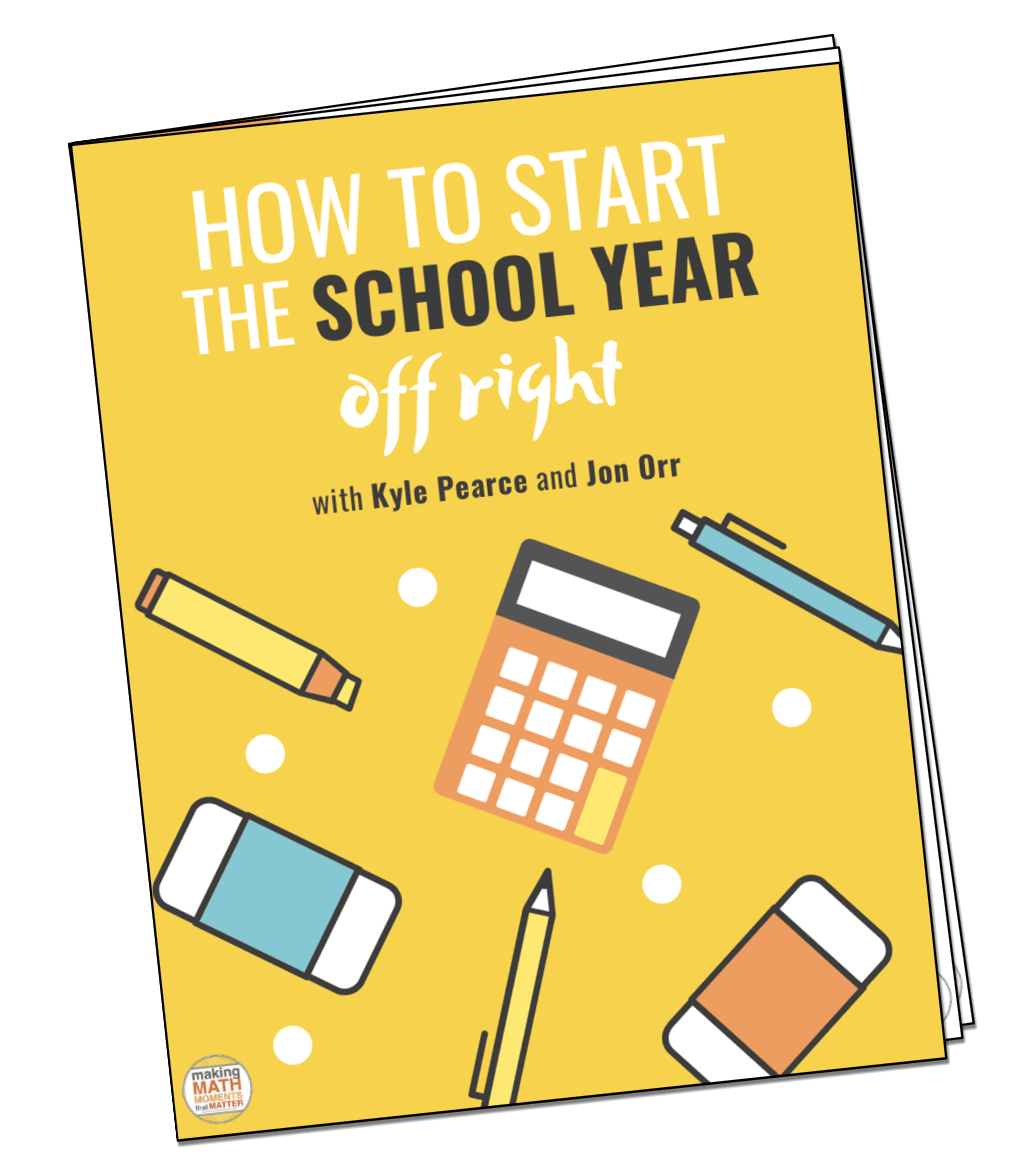
FULL TRANSCRIPT
Yvette Lehman: All right, we’re gonna have a little debate today. And I think that we don’t, I think we don’t have the answer to this necessarily, but it’s just something that’s been, you know, we’ve been pondering lately, which is this idea of when does it make sense to front load information or download information for teachers because, you know, you’re trying to take something off their plate and you’re trying to lift the burden. And when does it make, when does it make sense to hold back and take the time to include teachers in the process so that they have ownership of the learning.
Jon Orr: Hmm. The debate, you’re right. You know, like, cause I see both sides, you know, like I see like, wait a minute, we want, we want to provide, we’ve talked about this on the podcast, on these Thursday podcast episodes before too, is that providing teachers with a foundation, a floor to build off of can be helpful. It can be helpful to go like, Hey, I don’t have to worry about this level of understanding or this level of like, of preparation for my lesson. I can go.
beyond that gives me the more flexibility that I can be doing at that time. So that kind of makes sense of like, what do we provide to create that foundation? But on the other hand, sometimes it’s like, well, if I provide too much, or if I provide this foundation, like, isn’t that the same as like, when I’m in my classroom teaching my students, my I have a learning goal in mind. And I want my students to like,
see the power and feel that this mathematical idea is important. And I want them to feel like that model is helpful, useful. sometimes the only way to make students feel that is to put them in the struggle, right? To put them in that struggle. And we talk about productive struggle all the time on this podcast. And when you think about all the districts that reach out to us, one of their priorities is making sure that productive struggle is in their classrooms and we’re limiting the I do, we do, you do model.
So we want struggle to happen, but are we not, if we’re just giving them the foundation, are we not putting our teachers in the struggle that we want them to be in so that they are like, I see the power of teaching in this mode, like this strategy or this way or this routine. Like sometimes teachers have to go through it to go like, I get it. So what’s the balance, right? It’s tough.
Kyle Pearce: Right. what, well, you, you, you took my, the idea I had and I, and the idea I was going to start with is that if we think of it at a very high level, 30,000 foot view, there’s very few things I’m going to go ahead and I’m going to say very few things. And actually I can’t think of any that are, have a lot of depth that are going to be where it’s going to be effective for us to take a big idea, a big concept, a big thing, a
goal that we have and to just download it, like just share it out, right? Like I don’t think we’re going to have much success with that. But what I’m hearing you say, John, speaks to where we talk about when you say foundational. What I’m hearing from you and the word I was going to use is more of an awareness piece. Like when we’re going to raise awareness and when we’re going to share what
our what our vision or our goals are and what we are hoping to achieve, not just sort of say, hey, just follow X, Y, Zed all the way down. That can be helpful to get things started because it gives educators those who are ready to go there. It gives them the opportunity to start doing some of that learning independently and to do some of that productive struggle.
But if it’s already sort of done and packaged and ready to go and I we see this a lot with let’s say a new curriculum resource, for example, right where we go. We’ve selected this new curriculum resource because it does a great job of all of these things. It has a math talk at the beginning. It has models and as strategies it it has conceptual. It has all of these things. So here we’re just going to share that out with you and all of a sudden everything else is going to be good. That’s
typically not going to lead to a huge amount of success. And in some ways, it might actually resort to some people actually sort of pushing away, right? And kind of going, this is way too much for me to handle here. So my wonder is, like, where’s your stance on this, Yvette? What are you seeing? You hear John talking about foundational. I’m talking about this idea of like things that are more awareness pieces.
What’s your take on it? What are you thinking in terms of what might be able to be shared out versus things that need a little bit more depth and a little bit more handholding in order for success?
Yvette Lehman: I think that probably no matter what it is, you need people to champion it and people in the building ideally. So whether that’s the implementation of a new core resource or an adoption of a new strategy, there needs to be somebody in the building who has frequent touch points with educators who can help reveal the why. And so we talk about this all the time how
we have to be building capacity constantly, whether that’s in our administrators or in a lead teacher in the building. whenever we are rolling out any type of new, right, new always feels like more that that’s the immediate response that we all have. New means more. We need to in thinking back, we’ve talked a little bit about the adoption model on the podcast in the past and how like step one is understanding the why. And so if there isn’t anybody
who has FaceTime with those who are adopting it, who can help them understand the why, it’s gonna be really hard to support implementation. So I struggle with this because sometimes things just need to get done. And we also think to ourselves, know, maybe our teachers don’t have the capacity to engage in the deep thinking and the time it’s going to take to unpack this and deep learn it. We need to prepare it for them. We need to put it in their hands. We need to just get going.
But our fear with that, guess, is that when we do that, how long does it take to implement? then we talked last time about alignment. We’re all interpreting it differently and taking it in different directions. And ultimately, it probably is going to differ drastically from the intention of the original move anyway.
Kyle Pearce: Exactly. So what I’m hearing from you and I think, I think all of us can agree on this is that we have to be cautious about what we do plan to share in that way because if we actually zoom out, even though like, and I totally hear you, I remember being in this position where we’re like, we’ve got to get going on this or we have to do this. Or maybe my, my supervisor is saying we are going to do X, Y, and Z.
the challenge then becomes, I actually helping or am I actually harming in doing this? And I think it’s really a fine balance between when getting going on it is actually doing the opposite. It’s actually taking you backwards. And this is something that I think all leaders need to spend more time on. And the reason I say more time is because sometimes we just go, well, we got to get it out. Here we go, we’re going to do this.
But I think without taking enough time to really think critically about this and actually look at what is the intended result we are after and then what is the actual result we might expect by doing it in the approach that we’re using, right? And I think it’s really, really easy for us to totally skip this step.
and actually put a bunch more on the plate of our educators and then wonder why all of these new ideas or these new goals and things that we have are objectives that we’ve been planning for, why it feels like we’re still spinning our wheels. We’re working hard. And here’s the crazy part. It’s really hard on, say, the district leaders or the school leaders to even just get that going and getting it out there. So imagine if.
putting all that time and effort and thinking into it, and it actually set you back a few steps. Now that is a tremendous waste of your resources, right? Time and just capital, really. When we’re trying to take steps forward, we’re actually moving backwards in the process.
Yvette Lehman: going to share an example of what I think is maybe, you know, a strong example of how this can be done well with with maybe limited time and resources. So we talked during an episode around alignment and autonomy about common assessments, something that I’m currently advocating for. I feel like there’s a lot of value in them. But one of our district leaders is in a district where they have common assessments, but that doesn’t mean there is any any teacher input.
So what they do is they’ve developed common assessments and it was actually a committee of educators who worked on those common assessments over the summer. But that doesn’t mean that now they’re locked in and they’re solid and it’s never going to evolve. They actually come together in PLC groups or grade level bands and they analyze the common assessments. And most recently they looked at them through the lens of they labeled the questions by level of cognitive demand.
to ensure that there was a range of questions on each summative assessments, that there were knowledge questions as well as thinking and application questions. So the downloading is, know, a team over the summer prepared these common assessments, here are your common summative assessments for the year. But that doesn’t mean that now teachers have absolutely no input or voice or ability to unpack them or ask questions about them. And so I think there can be a space where we can…
front load for teachers and lift something off their plate, say, hey, here are your summative assessments for the entire year, without removing their voice or allowing them to engage in the thinking.
Kyle Pearce: Hmm. Right. And I think too, like something that pops into my mind, and I know that we had engaged in a lot of this work together in our, in my former role where, you know, although it’s, it’s, makes the work harder for the leaders, getting that voice, like you had mentioned is really key if we can do it in some way, or form. But then the other piece too is also having a realistic runway.
as to what it is that we’re actually wanting educators to do with that material over X number of days, months, know, semesters, whatever it might be. So this might mean that if, you know, and I think your, common assessment ideas are great one where you say, okay, listen, like this year, we’re going to work on developing these assessments. As these assessments come out, we will optionally allow educators to utilize those common assessments as they see fit.
Or they can maybe use them as a starting point and make some changes and share it back to the group so that hopefully by next year, and this is just an example, of course, by next year that we actually have or we’re in a position where everyone feels like they’ve had some sort of involvement, some sort of voice, but then that they also feel more familiar with those resources or those common assessments before we sort of go full steam ahead.
as a school or as a district, right? So now everyone is familiar. It’s not a super stressful, you know, scenario. And there might even be that opportunity for them to provide some great feedback, even if they weren’t part of this group that had put these assessments together.
Yvette Lehman: All right, that’s our food for thought. Our question to the leaders listening today is when is front loading or doing the work behind the scenes and just rolling it out helpful? And when can it potentially be harmful if there isn’t buy-in and we don’t understand the why? When does it just feel like yet another thing on the back of a teacher that’s being downloaded from head office or from the board office?
and they really don’t have any ownership of the work. And so how can we create opportunities to get input, gather voice? And I think going back to what you said, Kyle, which is, and I think John, you said this at the beginning of the episode, like we need to engage teachers in the struggle of developing and making sense of the decisions that are being made so that they can champion them in their buildings.
Kyle Pearce: I would say, you know, I’m going to make a bold claim here and say, if you pause and you think back to all of the previous times that we have sort of rolled things out as sort of a district to educator approach, like we’re discussing here, I’m going to say that more than half of the time, we’ve actually gone backwards instead of forwards. And just by having this in the back of your mind, and really taking the time to
to think it through. I think you can find some creative ways, regardless of your funding, regardless of your structuring, regardless of your PD, however that looks, you can do it in a way that’s going to get you some result. Maybe it’s not gonna be complete implementation like we’re all hoping and praying for, but to get some positive result versus it being the opposite where it’s another. one of those things that educators are feeling stressed and anxious and eventually falls by the wayside.
Jon Orr: And if you’re looking for, say, an outside set of eyes to kind of help you navigate, you know, what you should do, when you should do it, what does it look like, what could this look like, what could that look like, reach out to us. We’d love to hop on a call with you. We do this every single day with leaders across North America. We reserve time to talk with people like you. Head on over to makemathmoments.com for discovery.
And we can chat about, say, the decisions that you want to make around your math improvement plans.
Thanks For Listening
- Book a Math Mentoring Moment
- Apply to be a Featured Interview Guest
- Leave a note in the comment section below.
- Share this show on Twitter, or Facebook.
To help out the show:
- Leave an honest review on iTunes. Your ratings and reviews really help and we read each one.
- Subscribe on iTunes, Google Play, and Spotify.
DOWNLOAD THE 3 ACT MATH TASK TIP SHEET SO THEY RUN WITHOUT A HITCH!
Download the 2-page printable 3 Act Math Tip Sheet to ensure that you have the best start to your journey using 3 Act math Tasks to spark curiosity and fuel sense making in your math classroom!
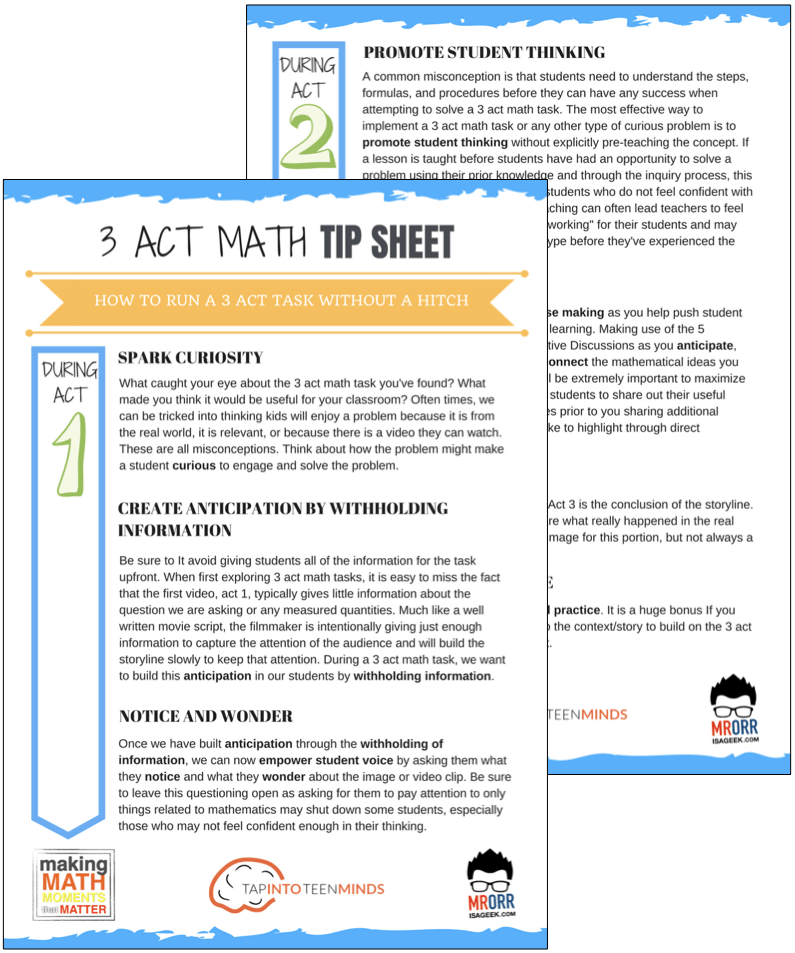
LESSONS TO MAKE MATH MOMENTS
Each lesson consists of:
Each Make Math Moments Problem Based Lesson consists of a Teacher Guide to lead you step-by-step through the planning process to ensure your lesson runs without a hitch!
Each Teacher Guide consists of:
- Intentionality of the lesson;
- A step-by-step walk through of each phase of the lesson;
- Visuals, animations, and videos unpacking big ideas, strategies, and models we intend to emerge during the lesson;
- Sample student approaches to assist in anticipating what your students might do;
- Resources and downloads including Keynote, Powerpoint, Media Files, and Teacher Guide printable PDF; and,
- Much more!
Each Make Math Moments Problem Based Lesson begins with a story, visual, video, or other method to Spark Curiosity through context.
Students will often Notice and Wonder before making an estimate to draw them in and invest in the problem.
After student voice has been heard and acknowledged, we will set students off on a Productive Struggle via a prompt related to the Spark context.
These prompts are given each lesson with the following conditions:
- No calculators are to be used; and,
- Students are to focus on how they can convince their math community that their solution is valid.
Students are left to engage in a productive struggle as the facilitator circulates to observe and engage in conversation as a means of assessing formatively.
The facilitator is instructed through the Teacher Guide on what specific strategies and models could be used to make connections and consolidate the learning from the lesson.
Often times, animations and walk through videos are provided in the Teacher Guide to assist with planning and delivering the consolidation.
A review image, video, or animation is provided as a conclusion to the task from the lesson.
While this might feel like a natural ending to the context students have been exploring, it is just the beginning as we look to leverage this context via extensions and additional lessons to dig deeper.
At the end of each lesson, consolidation prompts and/or extensions are crafted for students to purposefully practice and demonstrate their current understanding.
Facilitators are encouraged to collect these consolidation prompts as a means to engage in the assessment process and inform next moves for instruction.
In multi-day units of study, Math Talks are crafted to help build on the thinking from the previous day and build towards the next step in the developmental progression of the concept(s) we are exploring.
Each Math Talk is constructed as a string of related problems that build with intentionality to emerge specific big ideas, strategies, and mathematical models.
Make Math Moments Problem Based Lessons and Day 1 Teacher Guides are openly available for you to leverage and use with your students without becoming a Make Math Moments Academy Member.
Use our OPEN ACCESS multi-day problem based units!
Make Math Moments Problem Based Lessons and Day 1 Teacher Guides are openly available for you to leverage and use with your students without becoming a Make Math Moments Academy Member.
Partitive Division Resulting in a Fraction
Equivalence and Algebraic Substitution
Represent Categorical Data & Explore Mean
Downloadable resources including blackline masters, handouts, printable Tips Sheets, slide shows, and media files do require a Make Math Moments Academy Membership.
ONLINE WORKSHOP REGISTRATION

Pedagogically aligned for teachers of K through Grade 12 with content specific examples from Grades 3 through Grade 10.
In our self-paced, 12-week Online Workshop, you'll learn how to craft new and transform your current lessons to Spark Curiosity, Fuel Sense Making, and Ignite Your Teacher Moves to promote resilient problem solvers.
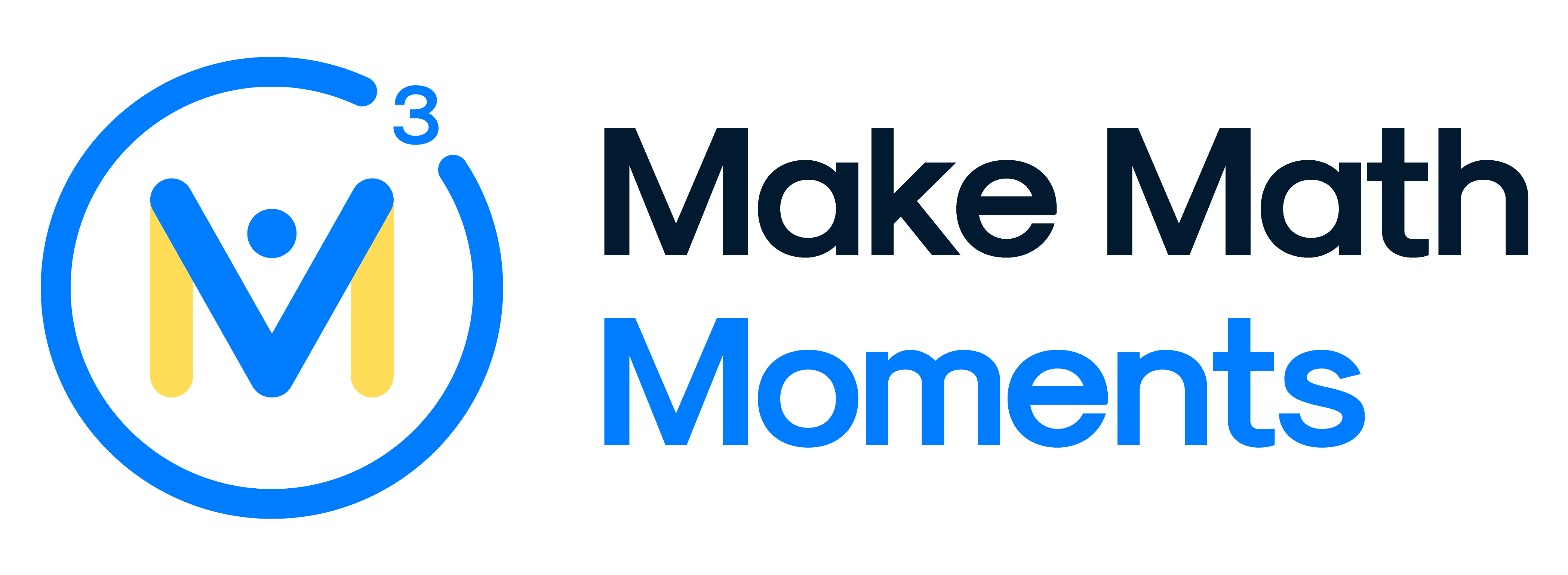



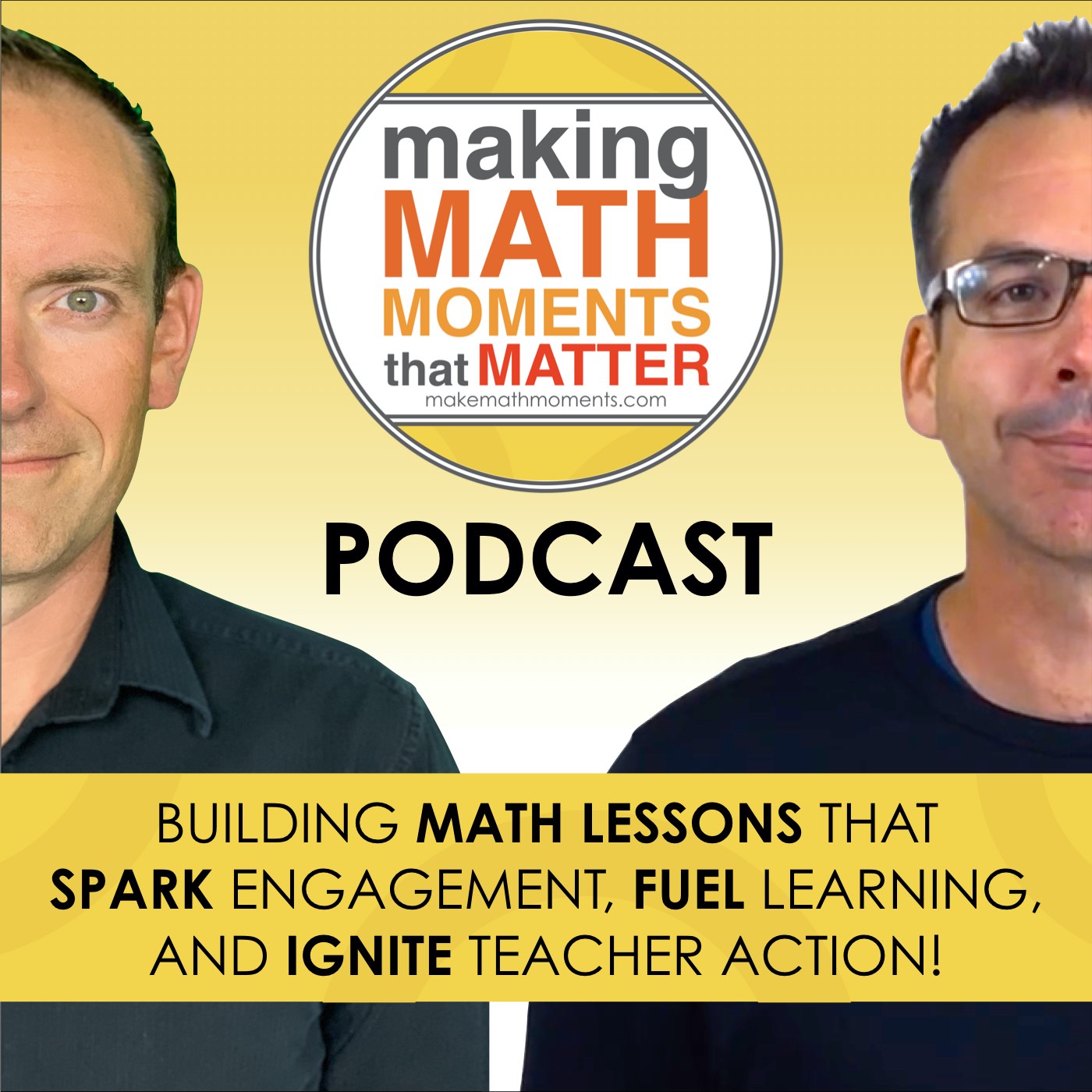
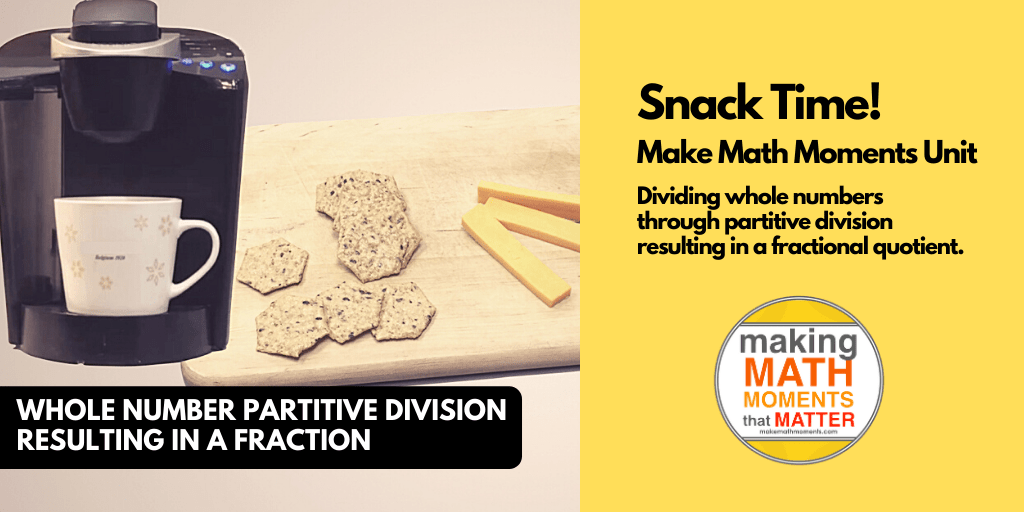
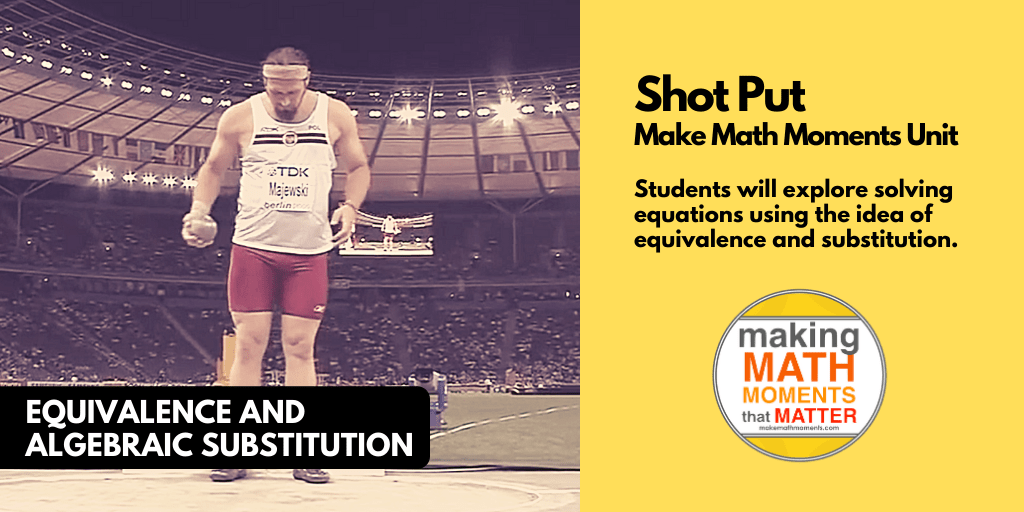
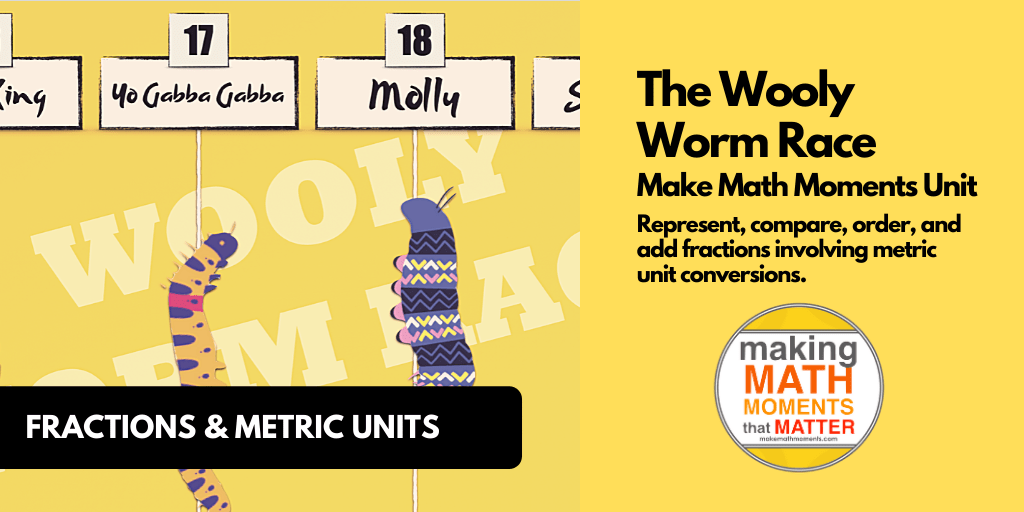

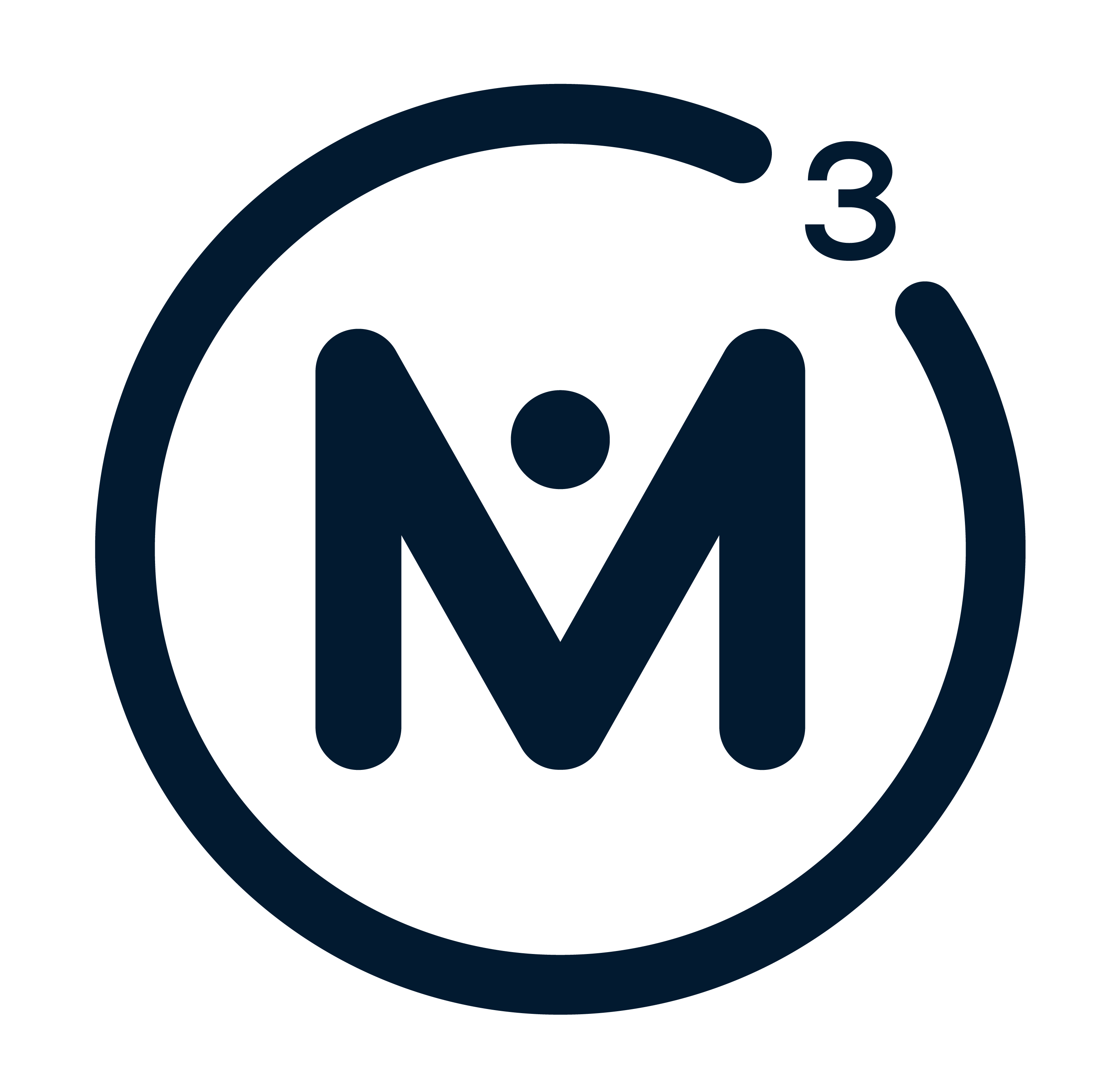
0 Comments